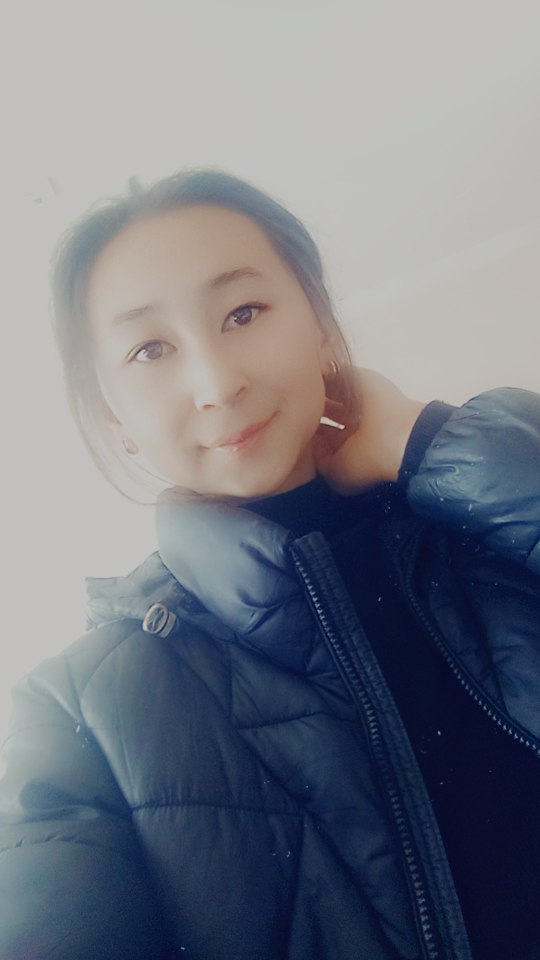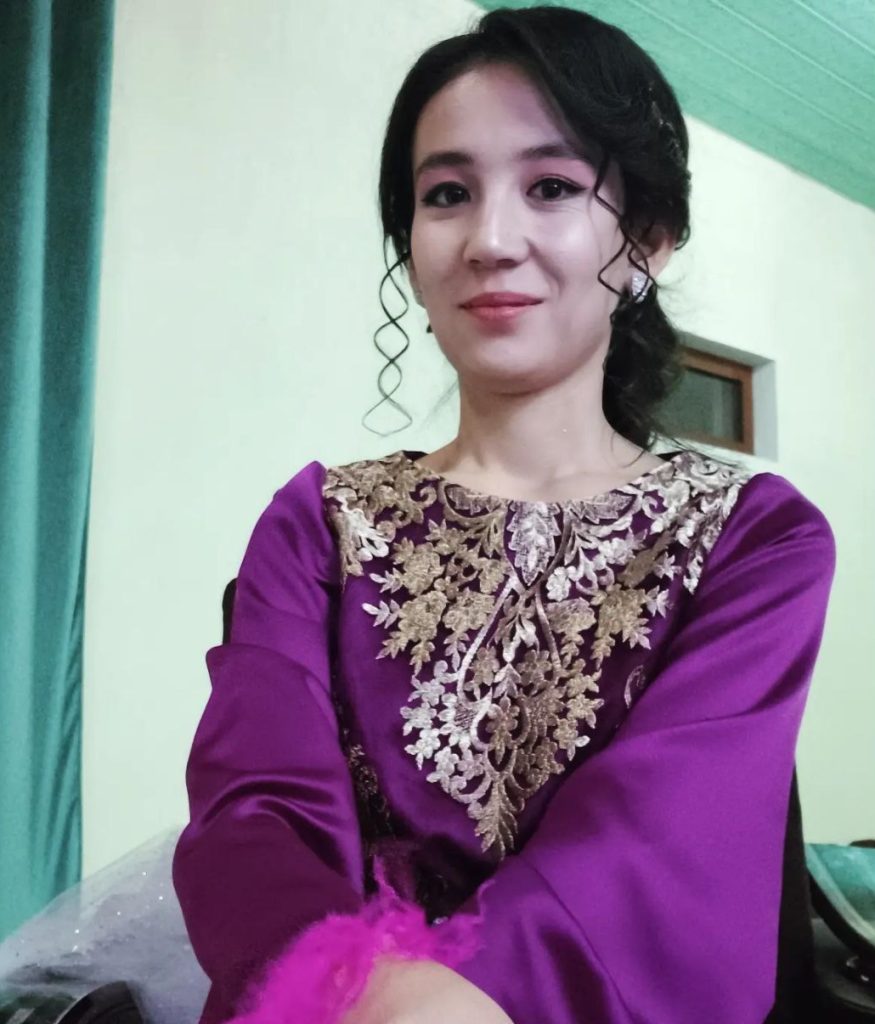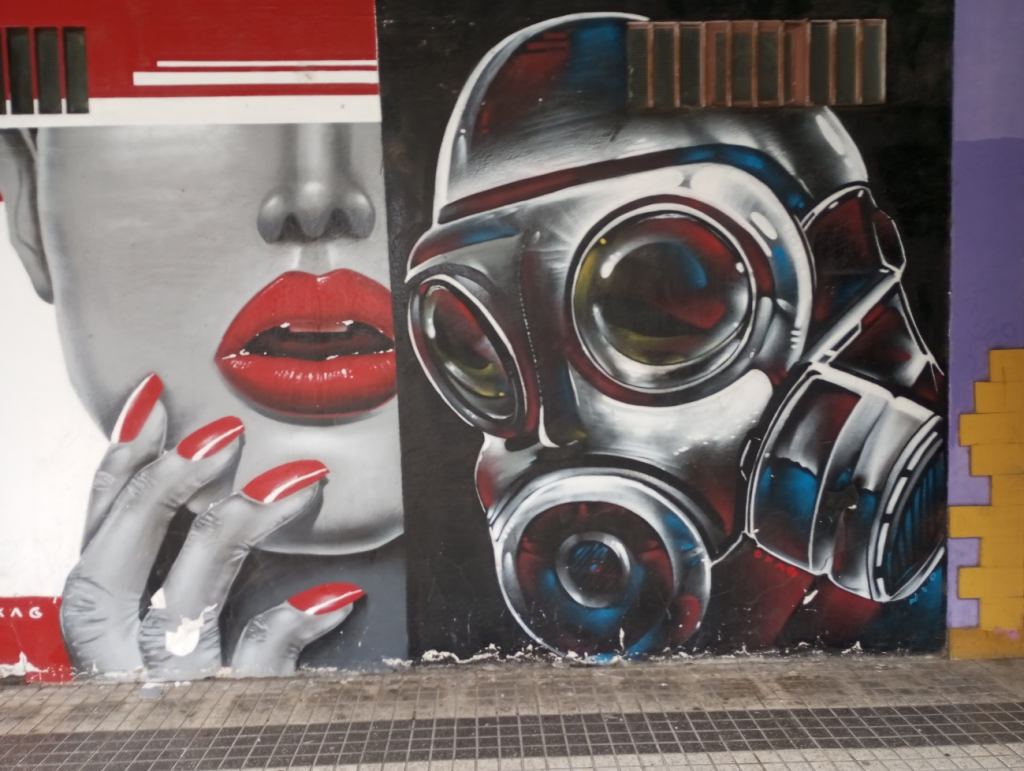
Khudoyberdi Tokhtaboyev
The Uzbek people have been writing works since ancient times. They are poets and writers from its soil to its leaves. One such writer is Khudoyberdi Tokhtaboyev. His works are distinguished by the richness of humor, the skillful description of children’s lives, their unique nature, characteristics, and spiritual experiences in an extremely vivid, interesting and childlike manner. It is no exaggeration to say that Khudoiberdi Tokhtaboyev is one of the authors who brought Uzbek children’s literature to the world level. He is a typical representative of children’s literature.
“It is difficult to write for children, so it is not correct to say that there are few people who choose this direction. It is really difficult to write to children, to get in touch with their spirit, to say something similar to the child’s heart. It is really more difficult to write as if you are sitting down with a child in front of you and talking to him. Today, there are very few, almost non-existent works dedicated to children,” said Khudoyberdi Tokhtaboyev.
Khudoyberdi Tokhtaboyev is a real talent. This means that his works are works of art, that is, whatever idea he wanted to realize in each of his works, this idea is fully realized in each of his works. He does not talk excessively, because this is contrary to the conditions of an artistic work, he never mixes events and persons alien to the idea of the work into his works – this is one of the main requirements of artistry. To appreciate the beauty of Khudoyberdi Tokhtaboyev’s works, you need to have a very sharp taste, but the person who has an eye for what is real beauty, real poetry, considers Khudoyberdi Tokhtaboyev to be an original artist, that is, a great talent. he knows as a writer.
Khudoyberdi Tokhtaboyev has taken a place in our hearts with his educational works. From each of his works, a person gets useful and educational knowledge. He sees his mistakes through this character and tries not to repeat them. For example:
“My sister may be upset. I love my sister, I love her very, very much, I will never hurt her, never make her cry.”
This excerpt is from The Boy With Five Children. Through this passage, we can see Arifjon’s love for his mother. But unfortunately, not everyone has the same love for Arifjon’s mother. It is no exaggeration to say that Khudoyberdi Tokhtaboyev wanted to explain this to “Everyone”.
We can witness such an example in the work “Jannanati Odanlar”.
“We can’t build a bridge without cutting it. If we don’t build a bridge, people can’t cross the stream and fall into the water.”
– Great, huh? – said my grandfather.
-Excellent! – I said too.
– If it wasn’t for you, my son, I wouldn’t have finished anyway.
“That’s right, grandpa, you couldn’t finish anyway,” I said while riding the donkey…
Then my grandfather became very ill and lay down until winter. My grandfather Ahmadqul brought honey and rubbed it on his feet, massaged it, my nanny boiled honey in milk and drank it every evening, and my aunt used to rub it on her body with strange drugs that I don’t like.
In the excerpt from this work, we can see how Erkachol built a bridge with his grandson in the cold despite his old age to help people. And he fell into the water several times and got wet. Because of this, he becomes seriously ill. He thinks about people, not himself. It is no exaggeration to say that Khudoyberdi Tokhtabayev wanted our young people to grow up to be well-educated, kind, perfect people with the help of these works, and adults not to repeat their mistakes.
Nigora Tursunboyeva was born on February 23, 2009, in Namangan region. Currently, she is a 9th grade student of Ishakhan Ibrat creativity school. Along with writing poems and stories she can speak freely in 4 languages: English, Russian, German and Uzbek.




